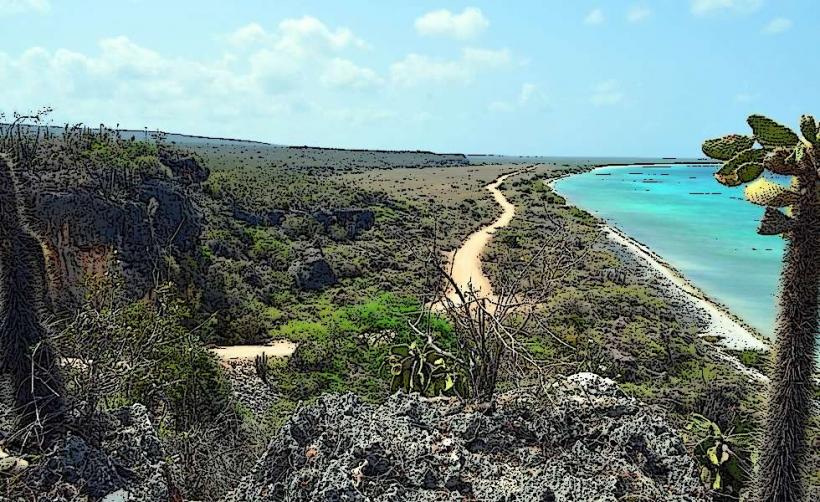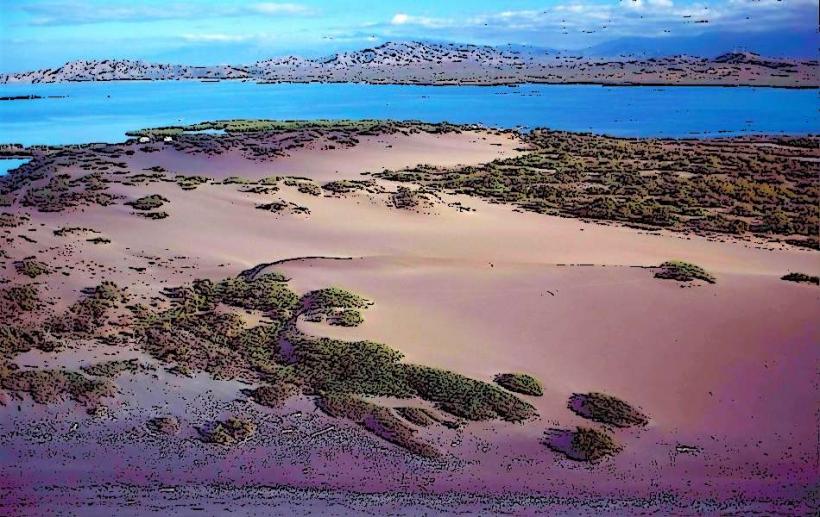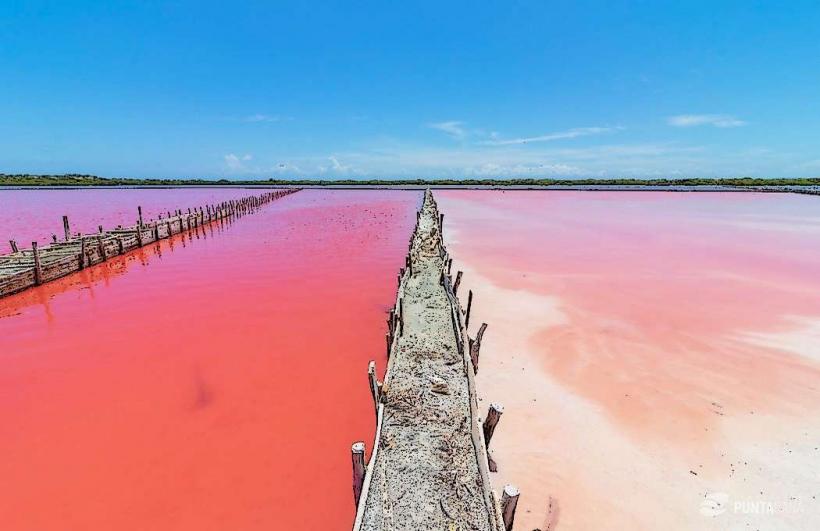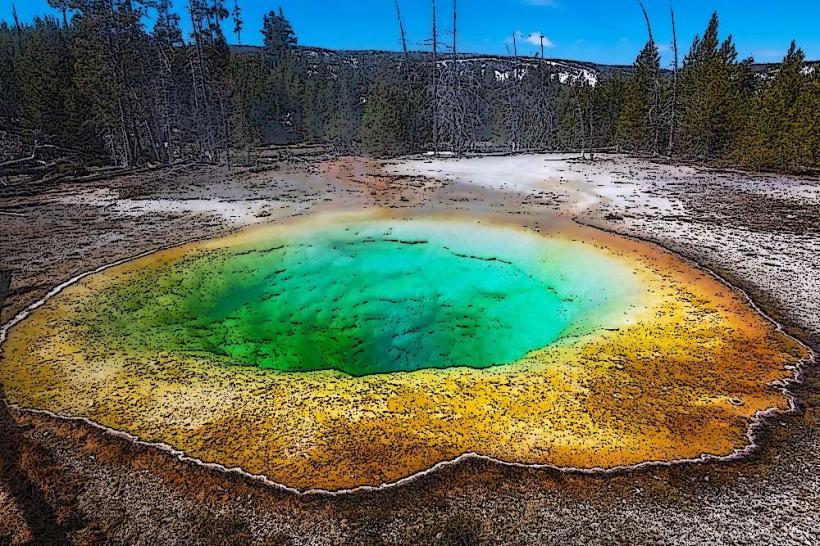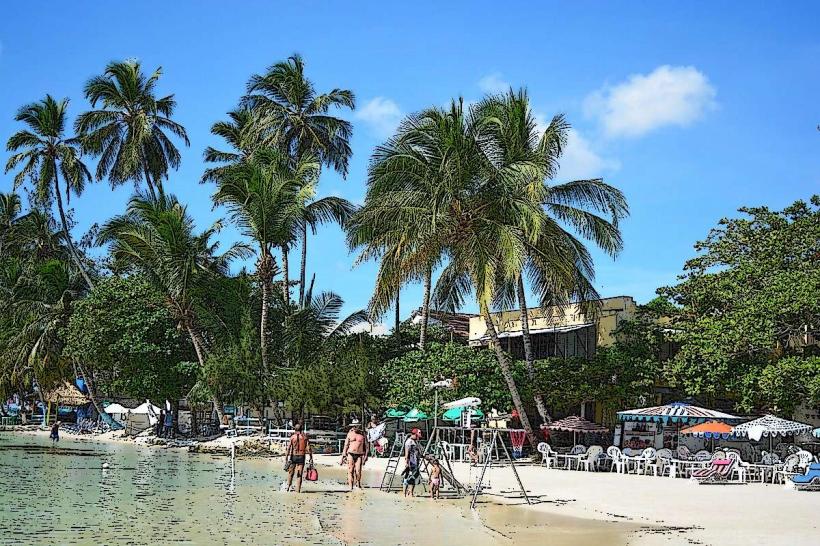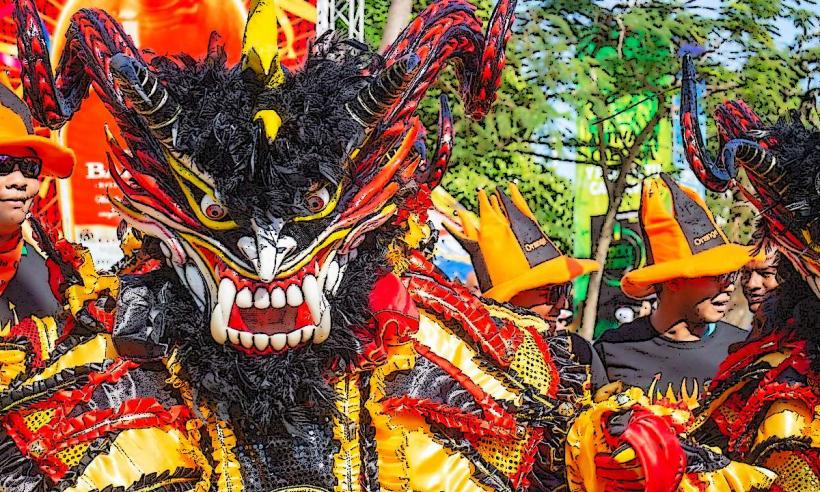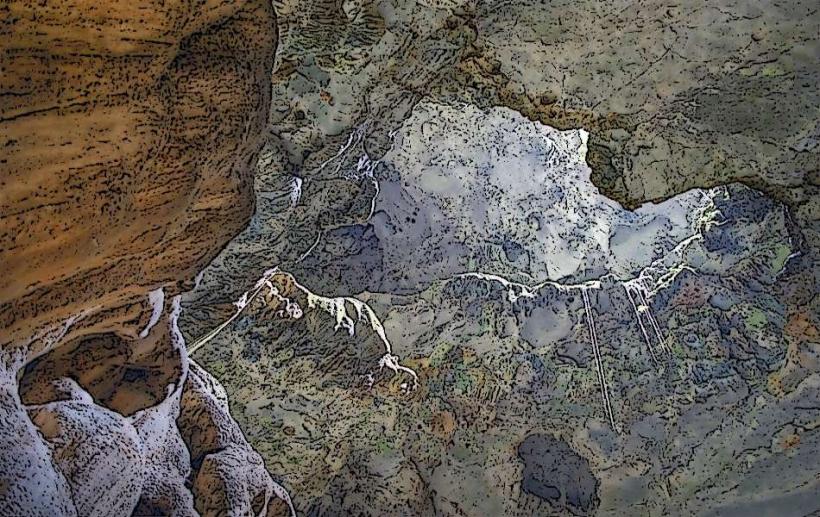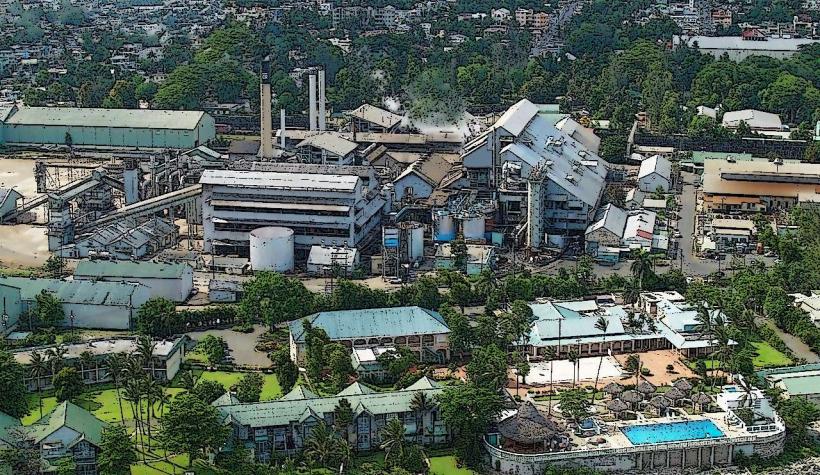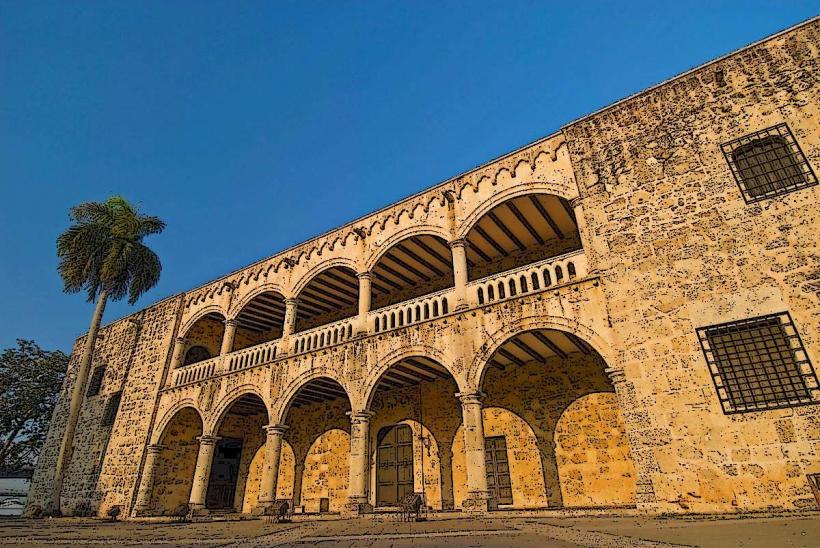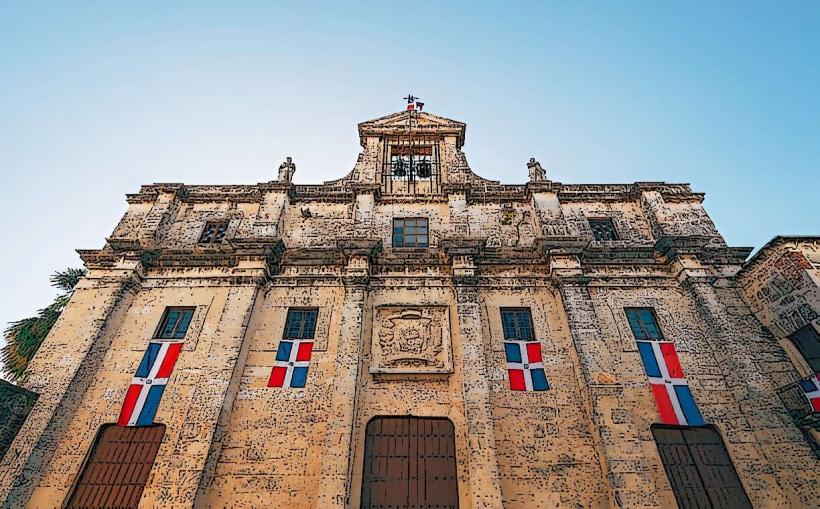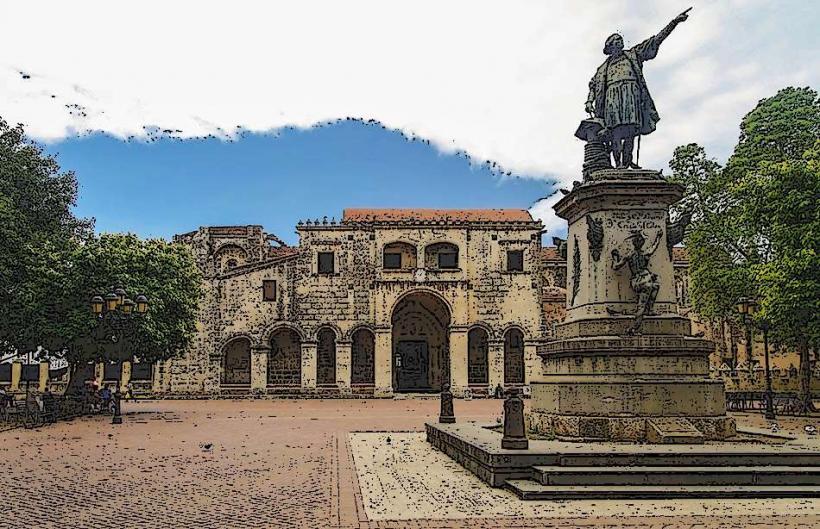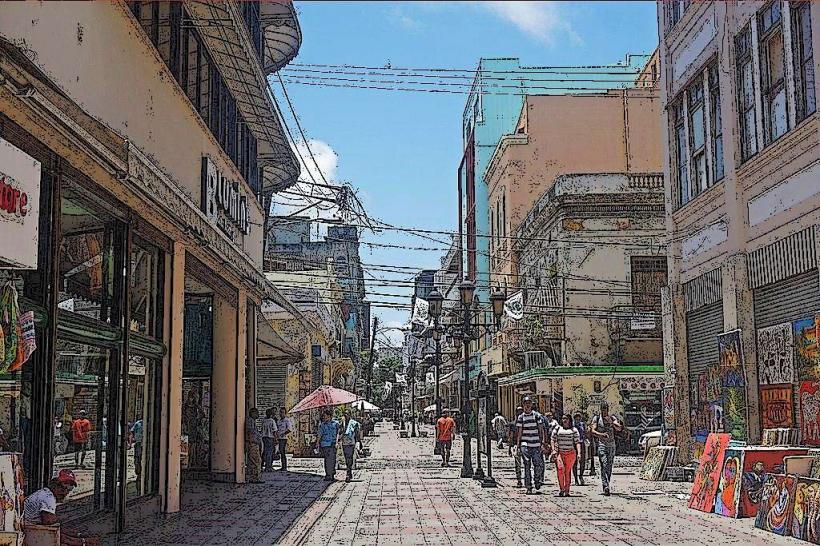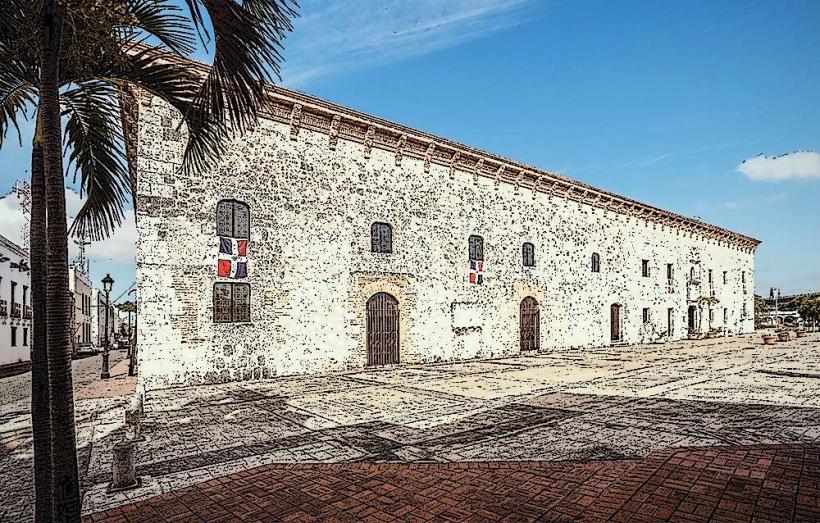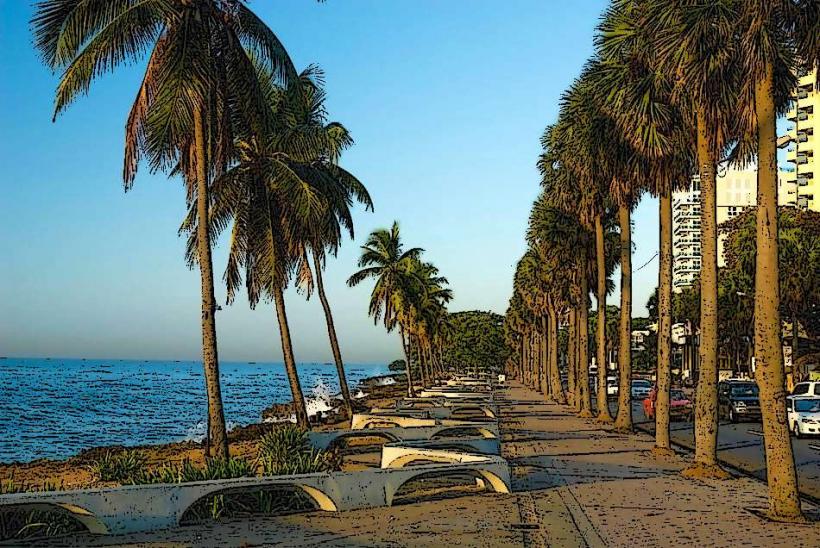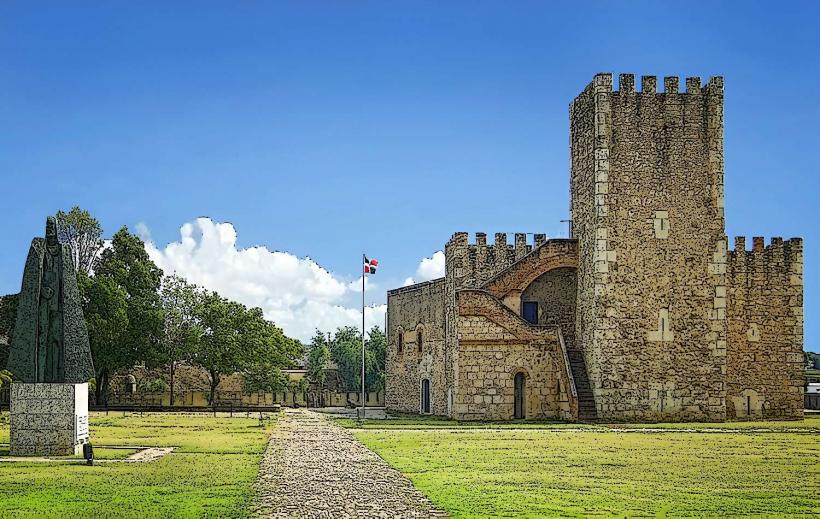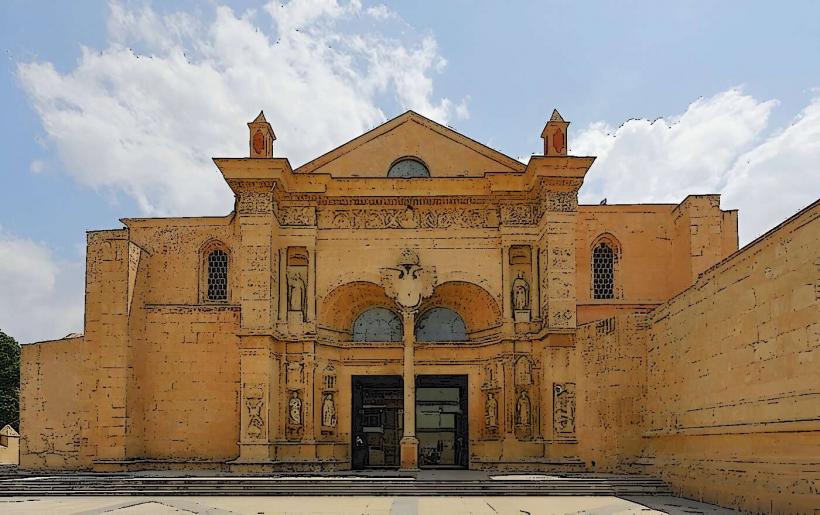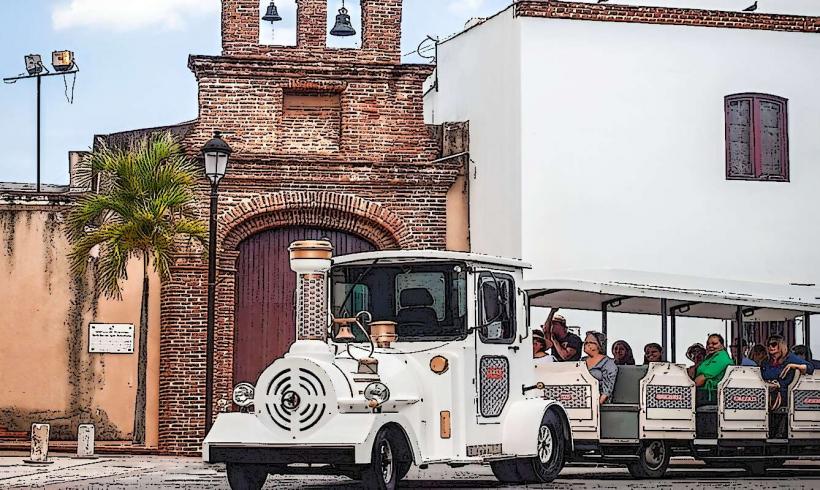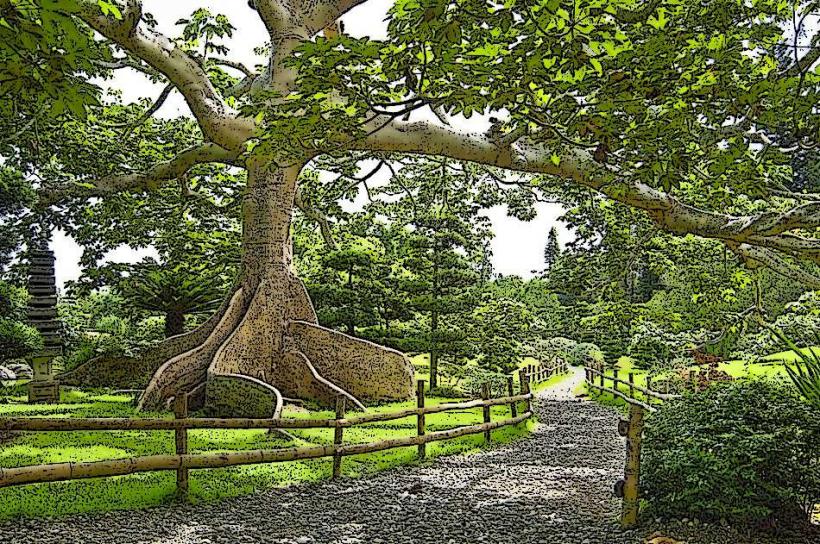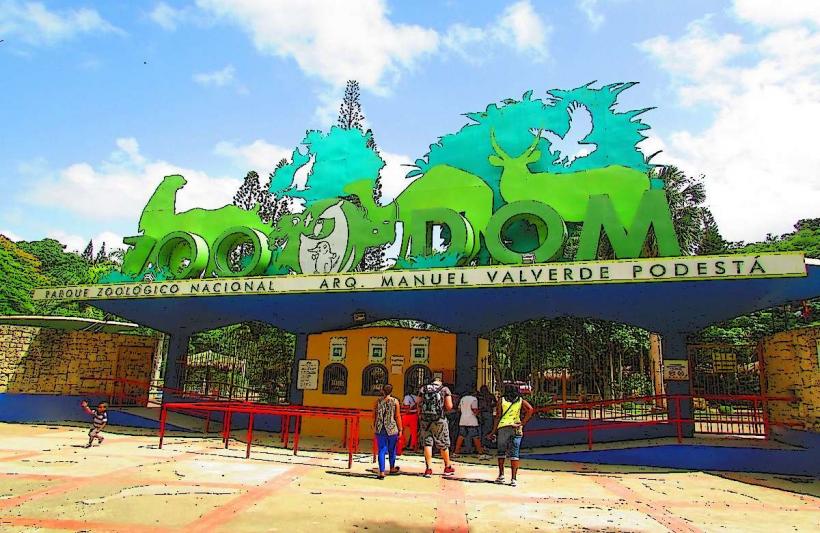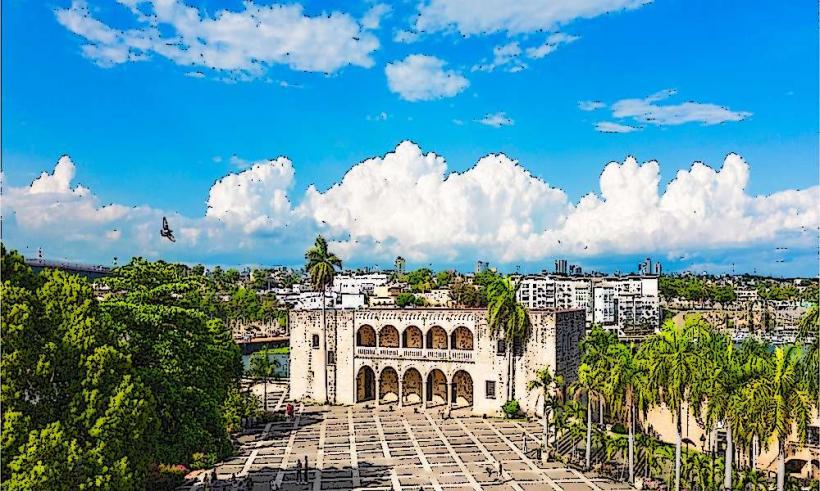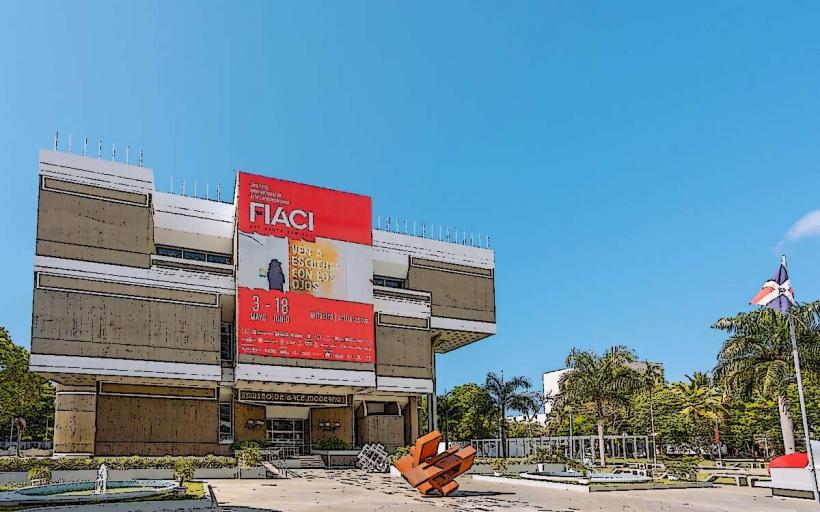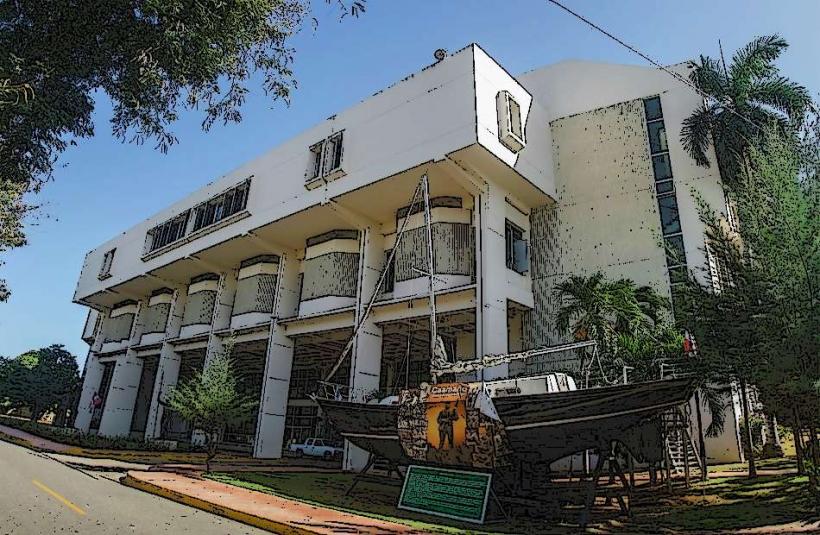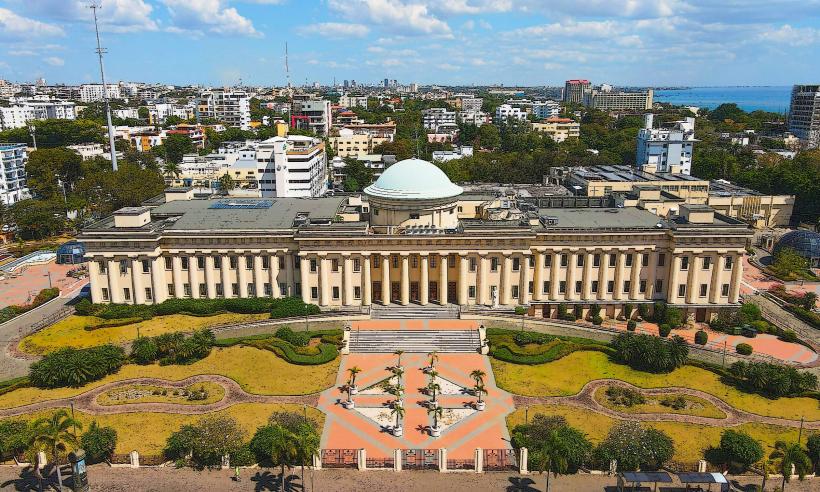Information
Landmark: Columbus Lighthouse (Faro a Colón)City: Santo Domingo
Country: Dominican Republic
Continent: North America
The Columbus Lighthouse (Faro a Colón) is one of the most significant landmarks in Santo Domingo, Dominican Republic. Located on the southern coast of the island, the lighthouse serves both as a memorial to Christopher Columbus and a working lighthouse. Its design, historical significance, and role as a mausoleum for Columbus make it an important site for both locals and tourists alike.
Historical Background
Construction and Purpose: The Columbus Lighthouse was inaugurated in 1992 to mark the 500th anniversary of Christopher Columbus’s arrival in the Americas. The Dominican government decided to build this monument as a tribute to Columbus, whose voyages led to the Spanish colonization of the New World. The lighthouse serves both as a tribute to Columbus and as a navigation aid for ships traveling along the Caribbean Sea.
Mausoleum of Christopher Columbus: The lighthouse is also the final resting place of Christopher Columbus's remains, or at least a part of them. After Columbus died in 1506, his remains were moved several times, and they were ultimately transferred to Santo Domingo from Havana, Cuba in 1795. The lighthouse houses the remains of Columbus, though it is believed that some of his remains may have been relocated to other places over time.
Architectural Features
Design and Structure: The Columbus Lighthouse is an impressive structure with modernist architectural features. The building consists of a large cross-shaped structure that symbolizes the Christian faith of Columbus and his voyages. The monument is constructed from concrete and steel, and its dimensions make it one of the largest monuments in the Caribbean.
Lighthouse Tower: The lighthouse itself is 210 feet (64 meters) tall and stands prominently at the entrance of the Ozama River, serving as a beacon for ships navigating the area. The tower emits a powerful light that can be seen from miles around, making it an important part of the island’s maritime infrastructure.
Symbolism of the Cross: The most distinctive feature of the Columbus Lighthouse is its cross-shaped design. The structure is divided into four arms, and each arm points in a cardinal direction. The cross symbolizes the Christian influence on Columbus’s journey, as well as the spread of Christianity throughout the Americas after his arrival.
Internal Structure: The interior of the Columbus Lighthouse is filled with several exhibits related to Columbus's voyages, as well as the history of the Dominican Republic and its relationship with Spain. The lighthouse is not just a monument; it also serves as a museum that educates visitors about the early encounters between the Old and New Worlds.
Columbus's Remains and Mausoleum
Relics of Columbus: The mausoleum within the lighthouse houses Columbus’s remains, along with other family members. These remains were originally placed in a tomb in Sevilla, Spain, then moved to Havana and later to Santo Domingo. Some of Columbus’s remains are said to have been relocated to Sevilla, and another part of his body may be in the Cathedral of Havana in Cuba. However, the Dominican Republic maintains that it has the remains of Columbus in the lighthouse’s mausoleum.
Tomb and Memorials: Inside the lighthouse, there is a grand tomb dedicated to Columbus, which is visited by many who come to pay homage to the explorer. The tomb is located in a large, solemn chamber, and several plaques and inscriptions surround it, commemorating Columbus’s significance in world history.
The Cross of Light
One of the most striking features of the Columbus Lighthouse is the Cross of Light (Cruz de Luz). The lighthouse has the ability to project a cross-shaped beam of light into the sky. This beam, which can be seen from miles away, is meant to symbolize Columbus’s arrival in the Americas and the spread of Christianity. On some special occasions, the cross is illuminated, creating a dramatic and symbolic visual effect.
Surrounding Park and Plaza
Monumental Plaza: The Columbus Lighthouse is located within a large park and plaza, which is often used for public events, gatherings, and celebrations. The Plaza de la Bandera (Flag Plaza) is adjacent to the lighthouse, and it features a monument and several memorials related to the Dominican Republic’s history and independence.
Fountains and Sculptures: The area surrounding the lighthouse includes beautiful fountains, gardens, and sculptures, making it an inviting space for visitors to relax and reflect. The fountains are illuminated at night, adding to the dramatic atmosphere of the site.
The Museum and Exhibits
The Columbus Lighthouse also houses several exhibits that explore the history of Columbus, his voyages, and their impact on the Caribbean and the world. The museum includes:
- Art: Paintings and sculptures depicting Columbus’s journey and the age of exploration.
- Historical Exhibits: Documents and replicas of historical artifacts related to Columbus and the Spanish Empire’s role in the Americas.
- Educational Information: The museum provides context for Columbus’s voyages, his legacy, and the resulting changes to the indigenous cultures of the Caribbean and the Americas.
Cultural and Tourism Importance
Tourism: The Columbus Lighthouse is one of the most visited tourist attractions in the Dominican Republic. It is a major destination for those interested in the history of Columbus, the colonial era, and the Dominican Republic’s relationship with Spain. The site attracts tourists, students, and historians who come to explore both the lighthouse and its museum.
Symbol of National Pride: The Columbus Lighthouse is not only a tourist attraction but also a symbol of Dominican national pride. It stands as a reminder of the nation’s colonial past and its central role in the history of the Americas.
Festivals and Ceremonies: The lighthouse is often the site of national ceremonies, particularly on Columbus Day (October 12), which commemorates Columbus's arrival in the Americas. During this time, the site hosts special events, celebrations, and commemorations, drawing large crowds.
Practical Information
Location: The Columbus Lighthouse is located in Santo Domingo Este, on the eastern side of the Ozama River, which is about 15 minutes from the Colonial Zone by car.
Visiting Hours: The Columbus Lighthouse is generally open to visitors every day, though hours may vary. It’s best to check ahead for current operating times, especially on holidays or for special events.
Ticket Price: There is an entrance fee to visit the lighthouse and museum. The cost is typically affordable, with discounts for students, children, or groups.
Getting There: Visitors can reach the Columbus Lighthouse via public transportation, taxis, or guided tours. Many local tours in Santo Domingo include a stop at the lighthouse, making it easy for tourists to visit as part of a larger sightseeing itinerary.
Conclusion
The Columbus Lighthouse (Faro a Colón) is not only a striking architectural monument but also a significant cultural and historical site in the Dominican Republic. Its combination of modern design, historical importance, and spiritual symbolism makes it a must-visit landmark for anyone interested in the legacy of Christopher Columbus and the history of the Americas. Whether for its impressive architecture, its role as a mausoleum, or the stunning views it offers, the Columbus Lighthouse is an essential part of Santo Domingo’s rich historical landscape.

